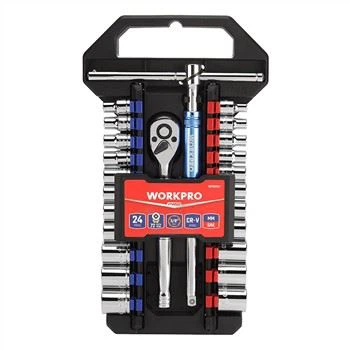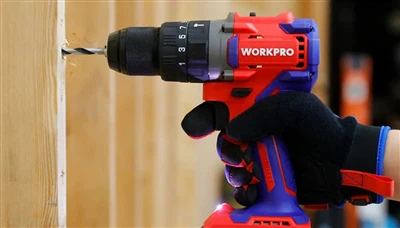Sanding is the first step in completing any woodworking project. Whether you use a power sander or sand by hand, you must choose the appropriate type and grit of sandpaper. Sanding with the wrong sandpaper might permanently ruin your job.
Choose the Right Grit
Sandpaper is rated by the number of abrasive particles per square inch. The grit grows rougher as the number decreases. Sandpaper is often classified as coarse (40 to 60 grit), medium (80 to 120 grit), fine (150 to 180 grit), very fine (220 to 240 grit), extra fine (280 to 320 grit), and super fine (280 to 320 grit) (360 and above). Sanding with finer grits removes the scratches left by the preceding paper, leaving a smooth finish. "Why can't I just sand the entire thing using Super Fine sandpaper?" you may wonder. There's nothing that says you can't, but coarse grit sheets will remove material quickly and, when followed by finer grain papers, will make sanding much easier and faster. As almost any expert woodworker will tell a newbie, the faster you can finish sanding, the better.
Grading Sandpaper
Sandpaper is classified into two types: commercial grade and industrial grade. The variances exist in a few areas, including the grit substance, the backing material (paper), and the glue used to hold the grit to the paper. For all three components, industrial grades use higher quality materials. You may also come across sandpapers labeled "open-coat" or "closed-coat." The distinction is that the grit particles in closed-coat sandpaper are more closely packed together, whereas open-coat sandpaper has greater gaps between the particles. As a general rule, open-coat is better for woodworking since it clogs less frequently, especially when working with softwoods that contain more resin.
Types of Abrasives
There are five varieties of sandpaper available, but not all of them are suitable for woodworking. Glasspaper, sometimes known as flint paper, is a lightweight, pale-yellow paper. Glasspaper readily disintegrates and is rarely used in woodworking. Garnet paper is a brownish-red paper that is often used in woodworking. It does not sand wood as quickly as other sandpapers, but it produces a smoother surface. Garnet is a good final sanding material.
Aluminum oxide sandpaper is another popular choice for woodworking jobs. It is the most common type of paper used in power sanders. Aluminum oxide is more durable than garnet paper, although it does not produce the same polish. Silicon Carbide paper is usually dark gray or even black in color. This paper is generally used for polishing metals or "wet-sanding," which uses water as a lubricant. While Silicon Carbide paper is utilized in some advanced finishes, it is not commonly used in woodworking.
Finally, ceramic sandpaper is manufactured from some of the most resilient abrasives available and can quickly remove large amounts of material. Ceramic paper is typically used for belt sander belts, but it can also be used to shape wood by hand. Ceramic sandpaper often leaves a highly rough surface, so use it with caution, especially on plywood and veneers, where it can quickly sand through the finish layer and ruin a piece.
Getting a Great Finish
Starting with varying coarse-grit Aluminum Oxide papers for the initial sanding steps, followed by finer-grit Garnet papers, will likely leave a very smooth finish that will show off your woodworking skills and give you a very nice platform for staining or painting your woodworking project in most general woodworking applications.











